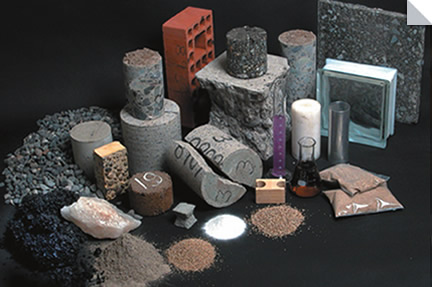Internal curing in high performance concretes - a new paradigm
Keywords:
Degree of hydration, mechanical properties, microstructure, shrinkage, creepAbstract
In the making a good quality concrete, curing represents one of the most important factors to be considered. Curing allows the cementitious materials to hydrate and the concrete to reach the specified strength. Moreover, it reduces the variability in the mechanical properties and decreases permeability. Since the development of low water-to-cementitious materials ratio (W/CM) concretes, several properties of concrete have been greatly improved. Nevertheless, the need of curing has become even more important. A low W/CM concrete has low water content and relatively high amount of cementitious materials which increases de need for curing. However, this kind of concrete has low permeability which makes difficult the ingress of curing water. A new paradigm has emerged for solving the curing needs of low W/CM concretes. This paradigm is called internal curing, and it consists of storing water within the concrete that is not available during the mixing nor during the first stages of hydration but it is released for curing later on. This paper presents the different types and methods of internal curing currently available, the working principles and some experimental results that demonstrate its effectiveness.
Downloads
Downloads
Published
How to Cite
Issue
Section
License
Copyright (c) 2024 Mauricio López, Lawrence F. Kahn, Kimberly E. Kurtis

This work is licensed under a Creative Commons Attribution 4.0 International License.

